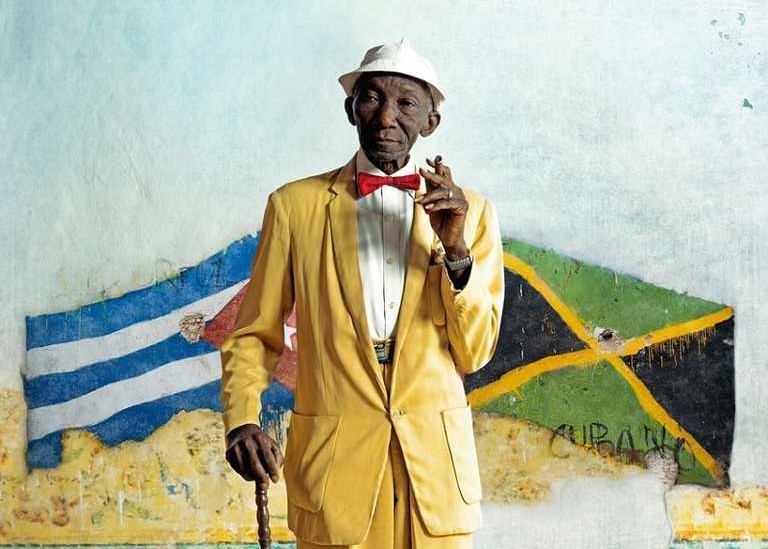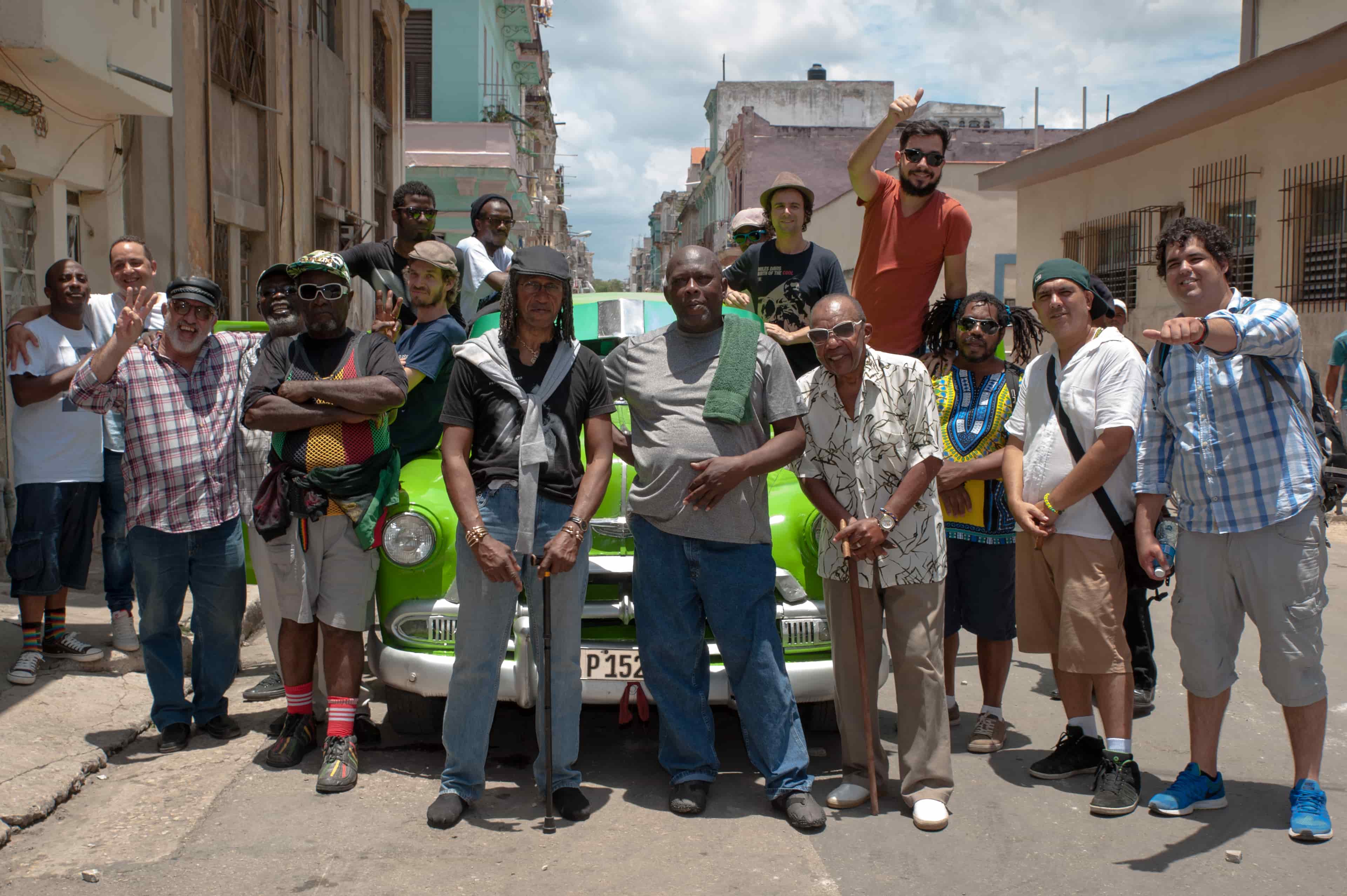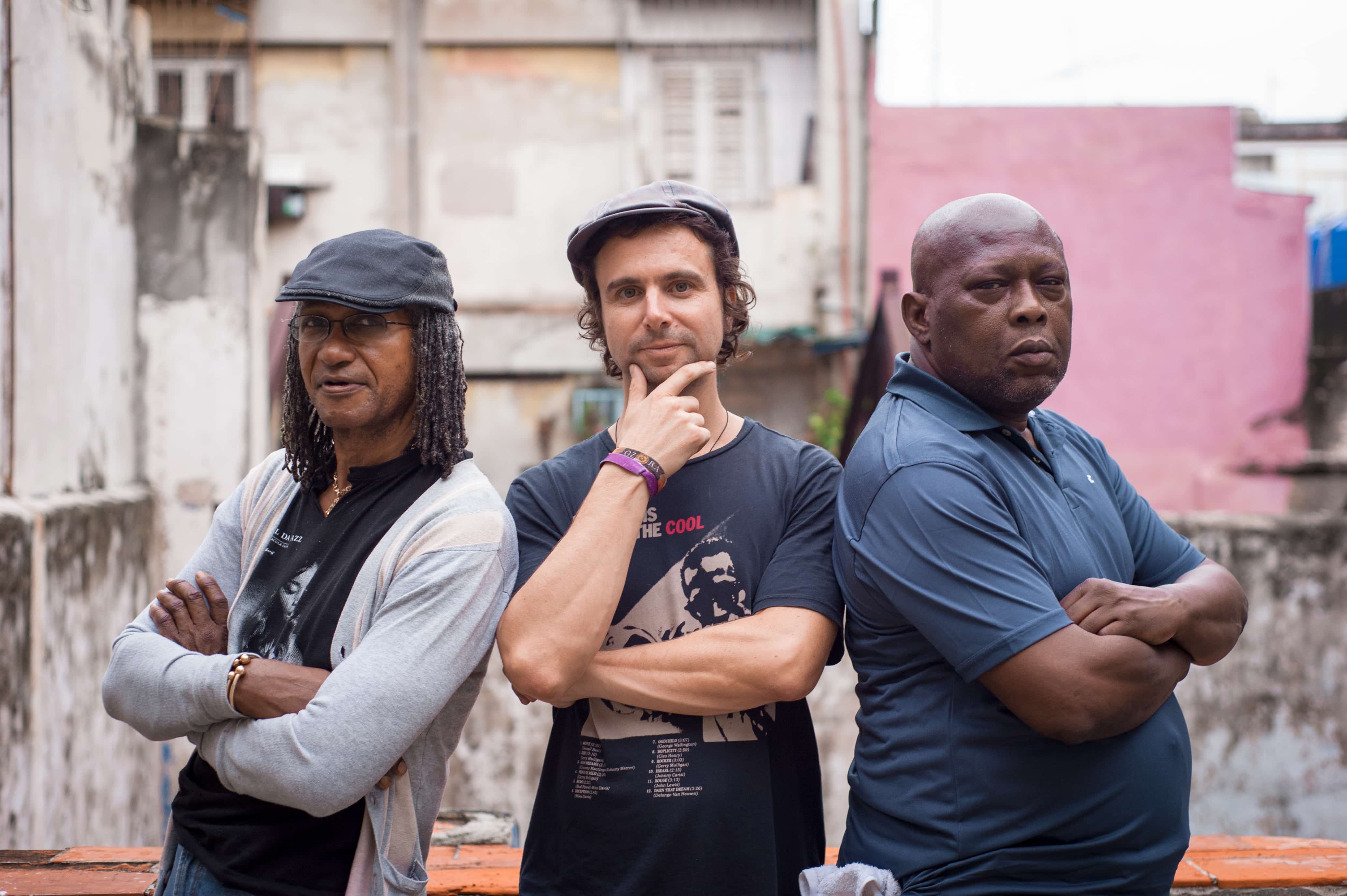
When Jamaican and Cuban musicians gather for a unique fusion!!! Interview with Mista Savona, Australian musician based in Melbourne, and producer of the record.
PAM: Hello Mista Savona! Can you present yourself in a few words?
Mista Savona: I grew up in Melbourne, Australia. Mixed heritage of Australian and Maltese. I began playing the piano at six years old and quickly became obsessed with music. I studied composition & performance at University and soon after got into hip-hop and dub production. I released two albums in Australia between 2001 and 2003 and then travelled to Jamaica in 2004 to better understand the culture and history of reggae and dancehall music. That was an incredible trip and my third album was born, Melbourne Meets Kingston. After numerous trips to Jamaica and three more albums recorded there, I first travelled to Cuba in 2013. And the rest is history.
—
Additionally, both islands have such potent and unique music scenes that they are really captivated by their own music to a large degree, and until two years ago there were no exchange programs between the two islands.
—
How did you get to the idea of this project, Havana meets Kingston?
The album will be released worldwide on November, 3 and is called Havana Meets Kingston. The album is exactly that: a meeting of some of the greatest musicians from Cuba and Jamaica. I first travelled to Cuba in 2013 and it was there that the idea for the project was born. I was sitting in a cafe in Havana – a great place called El Chanchullero. They were playing a CD of rumba music (traditional Cuban music), mainly percussion based. I was daydreaming and imagining how the sounds of Nyabinghi drums from Jamaica would sound mixed with the rumba. I realised it would be very special to mix the two styles, and wondered if it had ever been done before. When I returned to Australia I did some research, and realised there had never been a project bringing Jamaican musicians into Cuba (or vice versa). So I started to think how it could be done. I flew back into Kingston in 2015 to pick up Sly & Robbie, Bongo Herman, Bopee & Bugzy and we spent ten days at Egrem Studios in Havana, where Buena Vista Social Club was recorded 20 years ago. Some of the very best of Cuba’s musicians came through the studio to sit on sessions, including members of Los Van Van, Buena Vista, Havana Cultura, Afro-Cuban All Stars and more. It was an incredible ten days and the album is majestic.

Why do you think this kind of collaboration never happened before ?
Why it hasn’t happened before? Political, social, economic and language reasons. Cuba is an ex-Communist, socialist state, and the people are generally very poor in the usual sense of the word – the government wage is around US$18 [around €15 in November 2017] a month. Nevertheless the government supplies every Cuban with free housing, free healthcare and free education to University level. That is actually incredible and every society should aim for this. Jamaica on the other hand is a capitalistic society and resource-rich, but due to corrupt governments, the IMF, gangs and US interference the people are in a way worse off than in Cuba. The daily struggle for survival is a reality for ghetto communities in Kingston. On top of this Jamaicans rarely speak spanish, and Cubans don’t speak english for the most part. It is difficult for Cubans to get visas and travel outside Cuba. Additionally, both islands have such potent and unique music scenes that they are really captivated by their own music to a large degree, and until two years ago there were no exchange programs between the two islands. Jamaica’s music industry is it’s biggest export, and yet the government still doesn’t invest in it properly. There’s not even a museum in Jamaica dedicated to their incredible contributions to the world’s music. So these are all reasons perhaps why no Cuban or Jamaican record labels or musicians or even cultural organisations have taken the initiative to try and coordinate such a big project like this. Yet the time is ripe for this kind of collaboration, and after numerous trips to Jamaica since 2004 I finally visited Cuba in 2013.
—
This project is very much about bringing master musicians together as well as creating opportunities for aspiring new artists.
—
You choose to gather old and young musicians from the two islands, how did you choose them?
It was a really natural process. Through many trips to Jamaica over the years I have been able to build friendships with some truly great musicians and artists. Also through going to dances and clubs in Kingston as well as the studios, it is easy to discover new talent. This project is very much about bringing master musicians together as well as creating opportunities for aspiring new artists. I-Maali’s verse on the Lutan Fyah track ‘Heart of A Lion’ was his first time in a recording studio. In Cuba the process was similar, with the great elder musicians recommending new talent and the ten days at Egrem being quite open for Cuban musicians to come by and vibe with us.

What were the common points between Cubans and Jamaicans? Despite of their differences, Is there a common Caribbean musical langage?
The roots of both Jamaican and Cuban music is deeply interwoven with the African history of both islands. Before the Cuban revolution [1953-1959] and ensuing embargoes [from 1962] travel was easy between Jamaica and Cuba, so there was a lot of exchange of musical ideas back in the day. That really changed from the 1950s onwards. Both islands developed very unique music scenes that became mostly self sufficient, they didn’t need to look outside themselves for inspiration or approval. To generalise Jamaican music became more spacious in the 1970s and bass focused, whereas Cuban music became more complex and faster. Jamaica developed soundsystem culture and technological innovation such as dub mixing techniques, whereas Cuba focused on their extraordinary musicianship and blending of jazz and Cuban son and salsa in increasing complexity, while maintaining fairly traditional recording techniques. Our sessions at Egrem were unique. The Jamaicans don’t speak spanish, and the Cubans very little English. However once everyone was sitting at their instruments this didn’t matter at all. Music really is a universal language, and the musicians most definitely understood each other.



